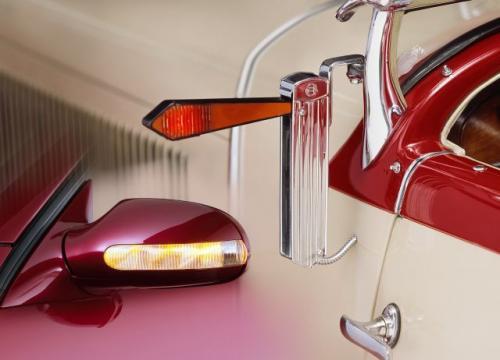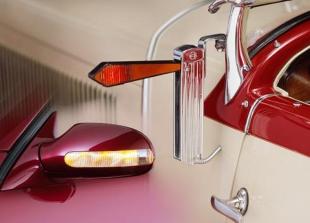
Direction indicators
 Currently, incandescent light bulbs are being replaced by LED light emitting diodes. They are more efficient and light up faster than traditional light bulbs.
Currently, incandescent light bulbs are being replaced by LED light emitting diodes. They are more efficient and light up faster than traditional light bulbs.
Currently, incandescent light bulbs are being replaced by LED light emitting diodes. They are more efficient and light up faster than traditional light bulbs.

LEDs are a breakthrough in automotive lighting, as was electrical wiring in the early 20th century. Lamps were originally used in headlights and rear lighting. The change in direction was signaled by sliding levers introduced in the XNUMXs.
When traffic in cities increased significantly in the 20s, laws were passed in individual countries to prevent traffic chaos. In Germany, it was then required that the driver signal his intention to change direction and brake, so that the cars behind could react accordingly sooner. In Poland, the first steps towards the establishment of traffic rules appeared in 1921, when a set of general rules for the movement of motor vehicles on public roads was issued.
Turn signals have proven to be very helpful in following traffic rules and, more importantly, in avoiding many collisions. After pressing the corresponding button, the electromagnet pulled out the direction indicator lever about 20 cm long from the housing, signaling the desire to change direction. Later, the index lever was illuminated, which provided it with even better visibility.
Automotive manufacturers used off-the-shelf equipment made by third parties. In Germany, the turn signal from Bosch, introduced on the market in 1928, became popular; in the USA, Delco firms were popular. Electromagnetic direction indicators were only replaced by the hitherto known turn signals in the 50s.
